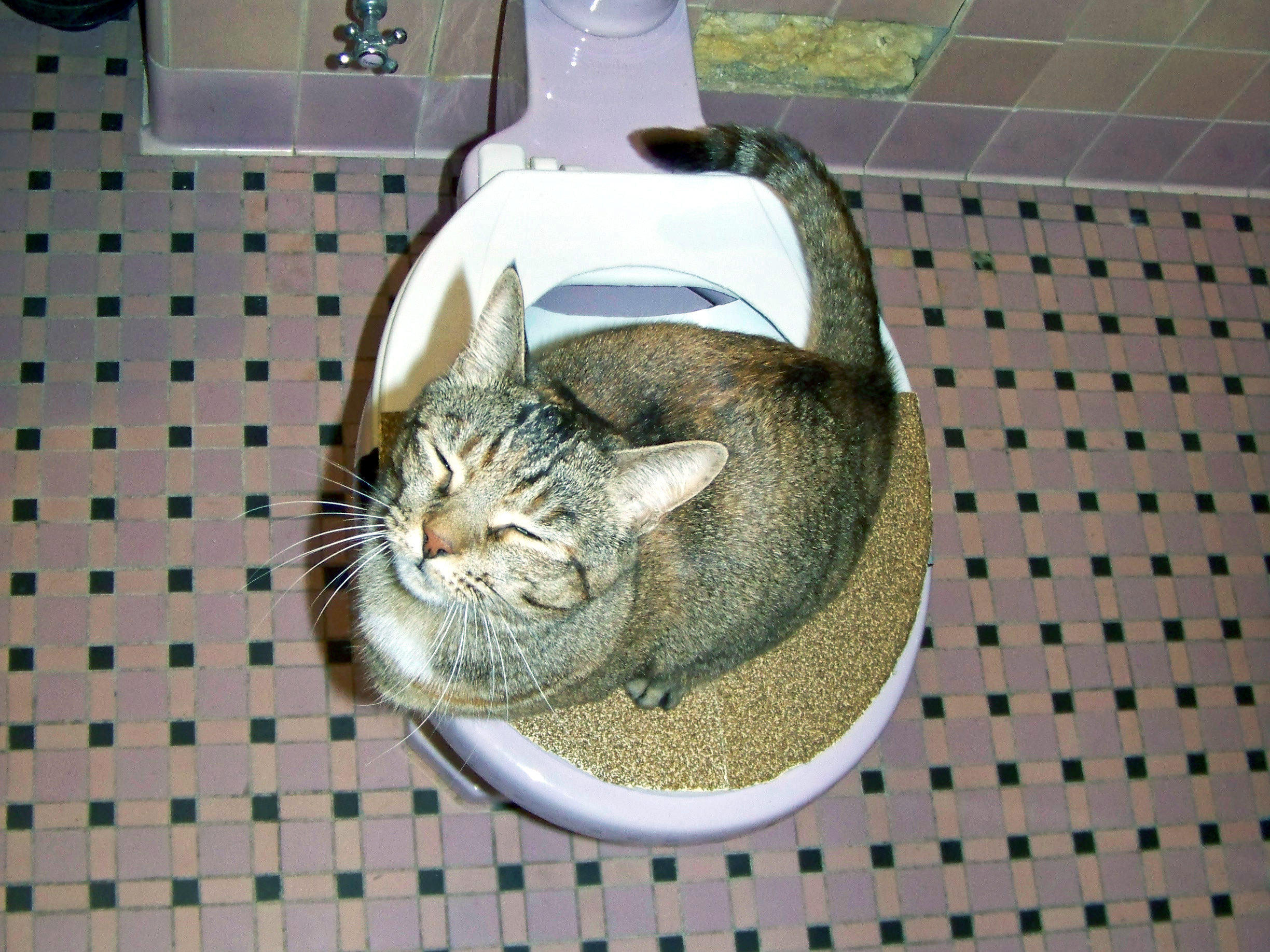The article below relating to How to Dispose of Cat Poop and Litter Without Plastic Bags is particularly intriguing. Don't miss out on it.
Introduction
As cat proprietors, it's necessary to bear in mind how we dispose of our feline close friends' waste. While it might seem hassle-free to flush cat poop down the toilet, this practice can have destructive consequences for both the environment and human health and wellness.
Alternatives to Flushing
Fortunately, there are much safer and much more responsible methods to take care of pet cat poop. Take into consideration the following choices:
1. Scoop and Dispose in Trash
One of the most common approach of taking care of feline poop is to scoop it right into a biodegradable bag and toss it in the garbage. Be sure to utilize a committed litter scoop and throw away the waste promptly.
2. Use Biodegradable Litter
Choose naturally degradable pet cat clutter made from products such as corn or wheat. These clutters are eco-friendly and can be securely dealt with in the trash.
3. Bury in the Yard
If you have a yard, consider hiding pet cat waste in a marked location away from vegetable yards and water resources. Make sure to dig deep enough to stop contamination of groundwater.
4. Mount a Pet Waste Disposal System
Buy a pet dog garbage disposal system particularly designed for pet cat waste. These systems utilize enzymes to break down the waste, reducing smell and environmental effect.
Health Risks
Along with environmental problems, purging cat waste can additionally present health risks to human beings. Pet cat feces may consist of Toxoplasma gondii, a parasite that can cause toxoplasmosis-- a possibly extreme disease, especially for expecting females and people with weakened immune systems.
Environmental Impact
Purging pet cat poop introduces dangerous pathogens and parasites into the water, posing a significant risk to aquatic communities. These contaminants can negatively influence aquatic life and compromise water high quality.
Conclusion
Liable pet dog possession expands past giving food and sanctuary-- it additionally entails appropriate waste administration. By refraining from flushing cat poop down the commode and going with different disposal techniques, we can reduce our environmental impact and secure human health.
Why Can’t I Flush Cat Poop?
It Spreads a Parasite
Cats are frequently infected with a parasite called toxoplasma gondii. The parasite causes an infection called toxoplasmosis. It is usually harmless to cats. The parasite only uses cat poop as a host for its eggs. Otherwise, the cat’s immune system usually keeps the infection at low enough levels to maintain its own health. But it does not stop the develop of eggs. These eggs are tiny and surprisingly tough. They may survive for a year before they begin to grow. But that’s the problem.
Our wastewater system is not designed to deal with toxoplasmosis eggs. Instead, most eggs will flush from your toilet into sewers and wastewater management plants. After the sewage is treated for many other harmful things in it, it is typically released into local rivers, lakes, or oceans. Here, the toxoplasmosis eggs can find new hosts, including starfish, crabs, otters, and many other wildlife. For many, this is a significant risk to their health. Toxoplasmosis can also end up infecting water sources that are important for agriculture, which means our deer, pigs, and sheep can get infected too.
Is There Risk to Humans?
There can be a risk to human life from flushing cat poop down the toilet. If you do so, the parasites from your cat’s poop can end up in shellfish, game animals, or livestock. If this meat is then served raw or undercooked, the people who eat it can get sick.
In fact, according to the CDC, 40 million people in the United States are infected with toxoplasma gondii. They get it from exposure to infected seafood, or from some kind of cat poop contamination, like drinking from a stream that is contaminated or touching anything that has come into contact with cat poop. That includes just cleaning a cat litter box.
Most people who get infected with these parasites will not develop any symptoms. However, for pregnant women or for those with compromised immune systems, the parasite can cause severe health problems.
How to Handle Cat Poop
The best way to handle cat poop is actually to clean the box more often. The eggs that the parasite sheds will not become active until one to five days after the cat poops. That means that if you clean daily, you’re much less likely to come into direct contact with infectious eggs.
That said, always dispose of cat poop in the garbage and not down the toilet. Wash your hands before and after you clean the litter box, and bring the bag of poop right outside to your garbage bins.
https://trenchlesssolutionsusa.com/why-cant-i-flush-cat-poop/

Do you enjoy more info about Can You Flush Cat Poo or Litter Down the Toilet?? Post a comment further down. We would be delighted to hear your thinking about this piece. We hope that you come back again in the future. If you liked our article please remember to pass it around. We value reading our article about Don’t flush cat feces down the toilet.
Call Today